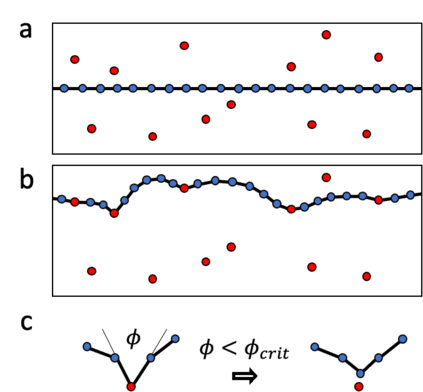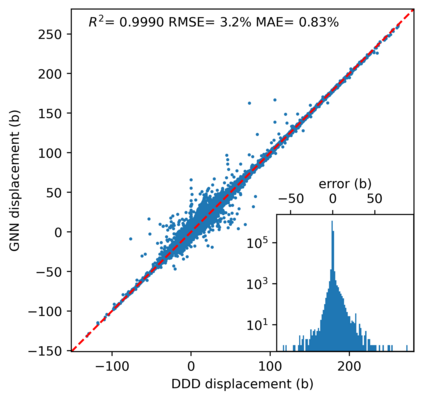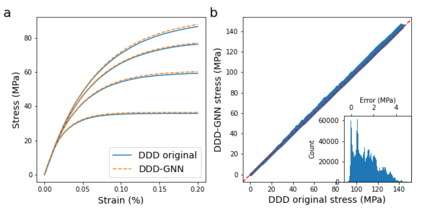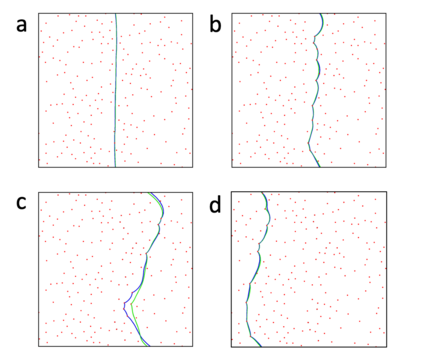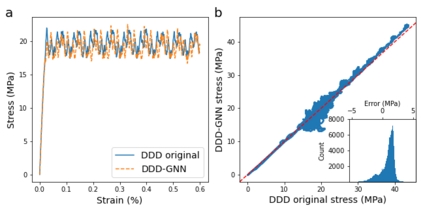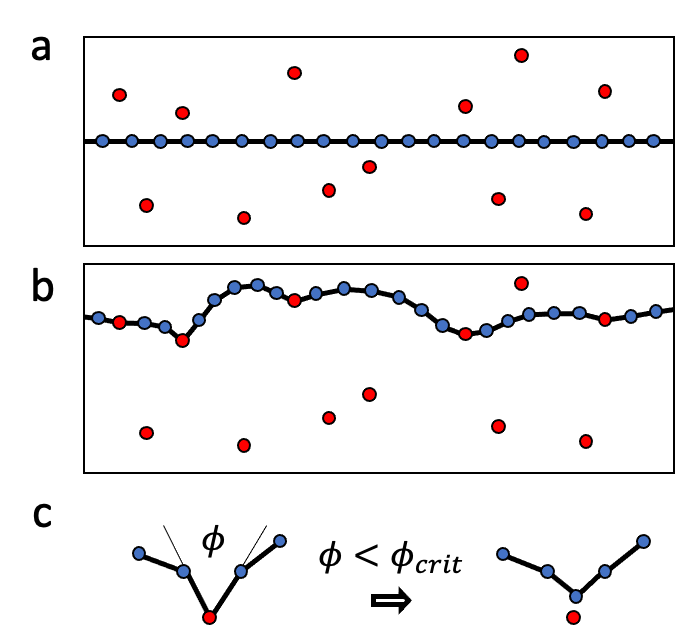Discrete dislocation dynamics (DDD) is a widely employed computational method to study plasticity at the mesoscale that connects the motion of dislocation lines to the macroscopic response of crystalline materials. However, the computational cost of DDD simulations remains a bottleneck that limits its range of applicability. Here, we introduce a new DDD-GNN framework in which the expensive time-integration of dislocation motion is entirely substituted by a graph neural network (GNN) model trained on DDD trajectories. As a first application, we demonstrate the feasibility and potential of our method on a simple yet relevant model of a dislocation line gliding through a forest of obstacles. We show that the DDD-GNN model is stable and reproduces very well unseen ground-truth DDD simulation responses for a range of straining rates and obstacle densities, without the need to explicitly compute nodal forces or dislocation mobilities during time-integration. Our approach opens new promising avenues to accelerate DDD simulations and to incorporate more complex dislocation motion behaviors.
翻译:分解错乱动态(DDD)是一种广泛使用的计算方法,用于研究中尺度的可塑性,将脱乱线运动与晶体材料的宏观反应相连接。然而,DDD模拟的计算成本仍然是一个瓶颈,限制了其适用范围。在这里,我们引入一个新的DDD-GNN框架,在其中,脱乱运动的昂贵时间整合完全由受过DDDT轨迹训练的图形神经网络模型(GNN)所取代。作为第一个应用,我们展示了我们的方法的可行性和潜力,以一个简单而又相关的模型显示脱乱线在障碍林中滑行。我们显示DDDD-GNN模式是稳定的,并复制了非常隐蔽的地面-DDDD模拟反应,以适应一系列的强度和障碍密度,而无需在时间融合过程中明确计算节点力或解动的强度。我们的方法开启了新的有希望的途径,以加速DDD模拟并纳入更为复杂的脱乱运动行为。

